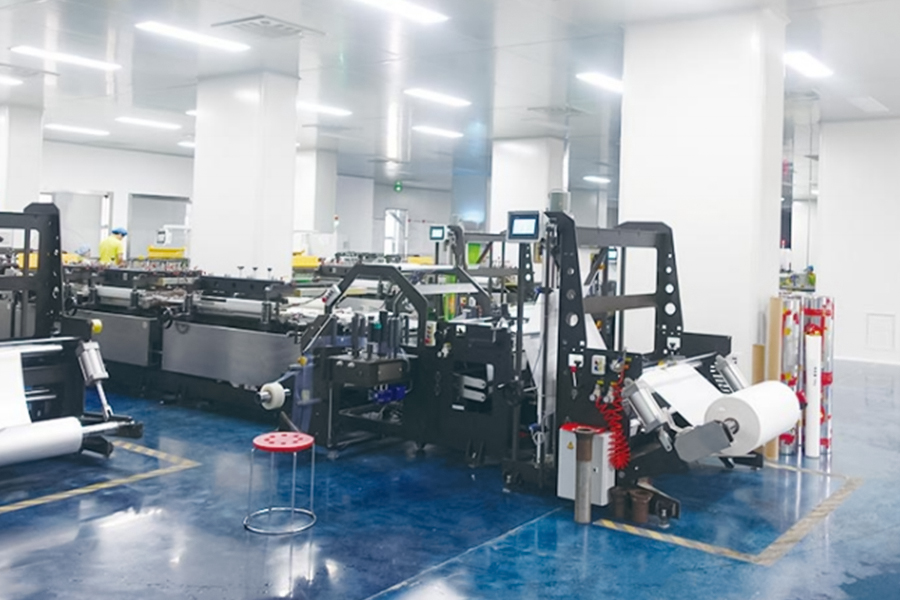

Whether you're renovating or remodeling a cleanroom, th […]
Whether you're renovating or remodeling a cleanroom, there's a lot to do. Without proper planning and preparation, building a cleanroom can be a headache and, at worst, a disaster. The purpose and unique decor of the cleanroom is yours, and so is your homework. Below is a quick list of dos and don'ts.
You can determine:
Discover the purpose and function of the space. It clearly sets recognized standards such as ISO 14644. You need to set cleaning types and criteria, such as humidity set points and temperature.
Clearly define what needs to be done to be successful in the build process.
Exercise creates energy demands.
Make sure you have enough space for the mechanical system by controlling the vertical clearance. See also vertical clearance for mobile devices - do you use an elevator?
Make sure there is enough vertical space from the room to the ceiling for the exhaust pipe. and make sure they are available.
Know the hazardous materials being used and supervise hazardous personnel in the building if needed.
Determine the type of utility, functionality, and quality you need.
Know that your strengths are changing and that your growth is positive.
Make emergency budgets for unforeseen situations and typical items such as cleanroom certification and temporary setups during construction.
what not to do
If possible, avoid marking a clean room on an exterior wall.
Cleaning facilities are good, especially if the computer room is just outside; don't use wet labs.
Don't assume that all customer needs are taken seriously.
Don't assume the design team has experience creating cleanrooms; you have to look at that.
Don't expect an inexperienced contractor to build a cleanroom to do the job.
Don't assume your contractor understands what a "clean house" means. Includes how to get started, how to keep a space clean, and how to keep it clean.
You don't want aerial shots from loading docks or service yards.
You don't want grade level or side-by-side exhaust.
Don't underestimate the free space for assistive devices.
If you read these tips, you'll know exactly how disaster can happen if you miss a step. You don't have to waste any time or money trying to fix a problem you couldn't handle in the first place.

Our new models offer superb design;competitive prices and their new features give them distinct advantages over similar products from other manufacturers.